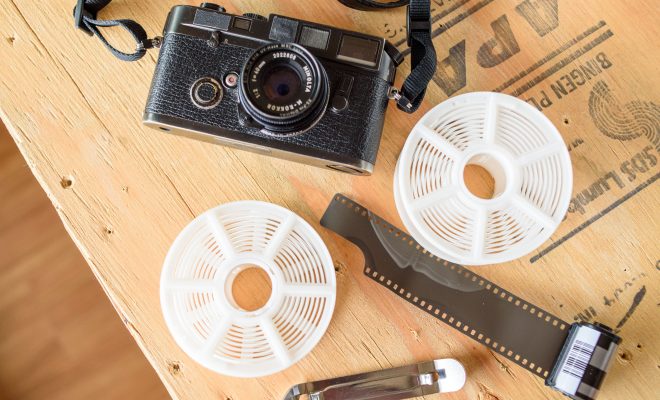How to Get Rid of Ingrown Pubic Hair

Ingrown pubic hairs can be an embarrassing and uncomfortable issue to deal with. They occur when hair that has been shaved, waxed, or plucked grows back into the skin instead of up and out. This can result in inflammation, pain, and even infection if not handled properly. But worry not — this article will provide a comprehensive guide on how to get rid of those pesky ingrown pubic hairs and prevent them from coming back.
1. Exfoliate Regularly
Regular exfoliation helps remove dead skin cells and clears the path for hairs to grow outwards instead of inwards. Use a gentle exfoliating scrub or a dry brush on your pubic area at least twice a week to reduce the likelihood of ingrown hairs.
2. Apply Warm Compresses
Applying a warm compress to the affected area can help to soften the skin, reduce inflammation, and draw out any trapped hairs. Soak a clean cloth in warm water and place it over the ingrown hair for 10-15 minutes several times a day.
3. Use Proper Shaving Techniques
Improper shaving techniques can increase your chances of developing ingrown hairs. Always use a sharp, clean razor; shave in the direction of hair growth; and use lubrication like shaving cream or gel. Avoid pulling your skin taut and apply minimal pressure while shaving.
4. Discontinue Hair Removal Temporarily
If you’re experiencing ingrown hairs, consider taking a break from hair removal techniques like waxing or shaving for a while. This will give your skin time to heal and may allow trapped hairs to surface on their own.
5. Apply Topical Treatments
Certain over-the-counter products can help alleviate the discomfort caused by ingrown pubic hairs while speeding up the healing process. Look for creams and ointments containing salicylic acid, glycolic acid, or benzoyl peroxide and apply them directly to the affected area.
6. Tweezing Technique
If you can see the tip of the ingrown hair, you may be able to extract it using a pair of sterilized tweezers. Gently lift the hair out of its curved position but do not pluck it completely. Be cautious when performing this step as excessive force may worsen the situation.
7. Consult a Healthcare Professional
If the ingrown hair becomes infected or extremely painful, seek medical help. A healthcare provider may prescribe antibiotics or drain the infected area in severe cases.
Prevention Tips:
– Regularly moisturize your pubic area after hair removal to retain moisture and maintain skin elasticity.
– Use hypoallergenic products for hair removal and skincare to avoid irritation and inflammation.
– Consider alternative hair removal methods like laser treatment or electrolysis for more permanent solutions.
In conclusion, adopting proper hygiene, regular exfoliation, and safe hair removal techniques will help you avoid ingrown pubic hairs. However, if the issue persists or becomes severe despite these measures, consult a healthcare professional for further guidance.






